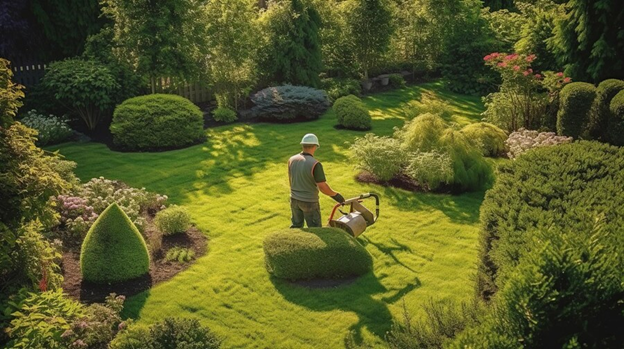Transforming Your Garden: Essential Tips for Earth Moving and Landscaping
Designing an aesthetically appealing and effective garden space requires more than just flowers and shrubs. Hence, earthmoving is an essential part of garden landscaping because it enables you to change the layout of the land and the quality of the soil, upon which a garden can be developed.
If you are in the process of assembling raised gardens, developing a water garden, or simply grading a yard that slopes, having basic knowledge of earthmoving will greatly improve your gardening. This article will help you how to move the earth in one’s garden to the extent of getting the required landscape design.
1. Planning Your Garden Landscape
Every time before you start making the first movements with the spade or the bulldozer, make sure you develop a clear plan of the garden and its layout. To achieve this, you need to begin by drawing a rough diagram of your garden and marking areas that you would wish to allocate to some of the elements like flower beds, pathways, water features, and perhaps some sitting areas.
You have to think about the natural landscaping that you have and how you can use it to your advantage in terms of the topography. Some of the service factors include sun exposure, drain, and accessibility.
2. Choosing the Right Tools and Equipment
It is therefore important to take your time and try to choose the right equipment to be used for your earth-moving project to be successful. While it may be adequate for performing basic gardening activities like digging, planting, and transport, small-scale construction may only require simple tools like shovels, spades, and wheelbarrows.
Still, for greater projects, it would be advisable to get a heavier apparatus such as mini excavators, trenchers, or backhoes. Self-propelled machines can be more effective and require less time because it is easy to work with large volumes of soil or hard-to-reach terrains.
3. Soil Preparation and Improvement
Soil preparation and improvement are among the critical pieces necessary for successful soil management for effective earth moving. Before altering topography, determine the health of your soil. If the soil is compacted, turning it around using a plow or using special equipment that creates holes in the compacted soil should be done.
Applying organic matter like compost and manures improves fertility and soil structure and allows water infiltration. When transplanting or otherwise changing the site’s topsoil around for garden beds and even to level other surfaces, bring these changes into the shifted topsoil to keep the garden area highly productive.
4. Creating Garden Features
Earthmoving makes it possible to design different features that make the beauty and functionality of the garden increase. An example of the methods used in raised planting includes piling soil in designated areas and then enclosing it with wood or stones.
The process of preparing a site for the installation of a pond or a water feature is very simple: one has to dig the hole to the required depth and shape. Pay attention to the natural water flow or drainage directions in the area and avoid preventing the water from following a natural way that may cause soil erosion or may flood the surrounding areas.




